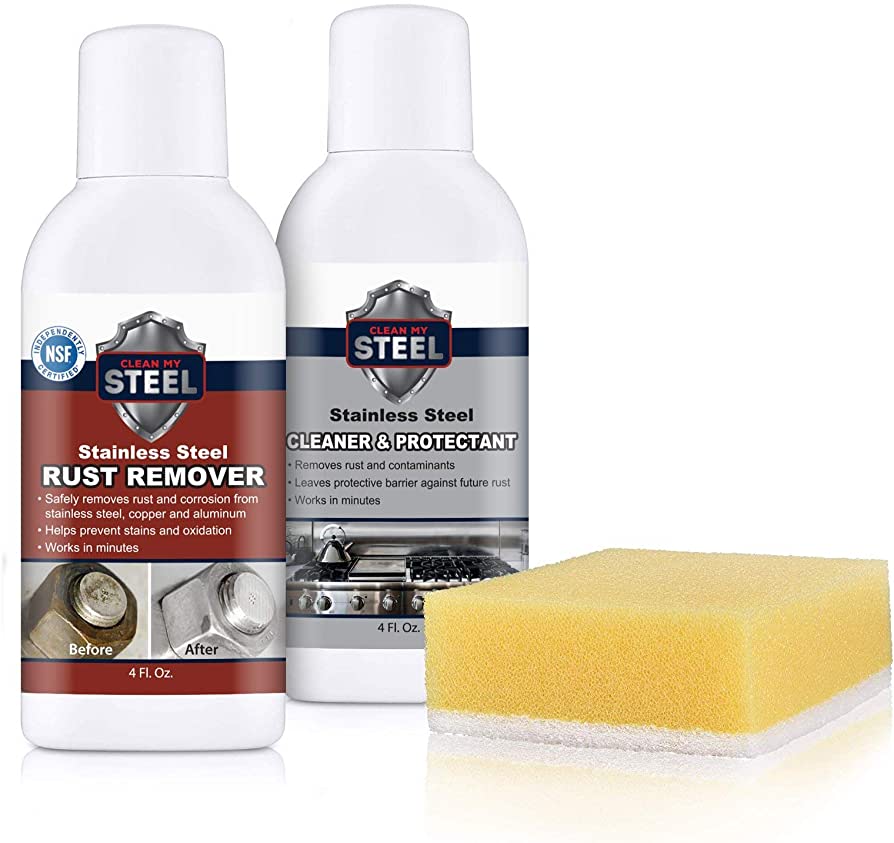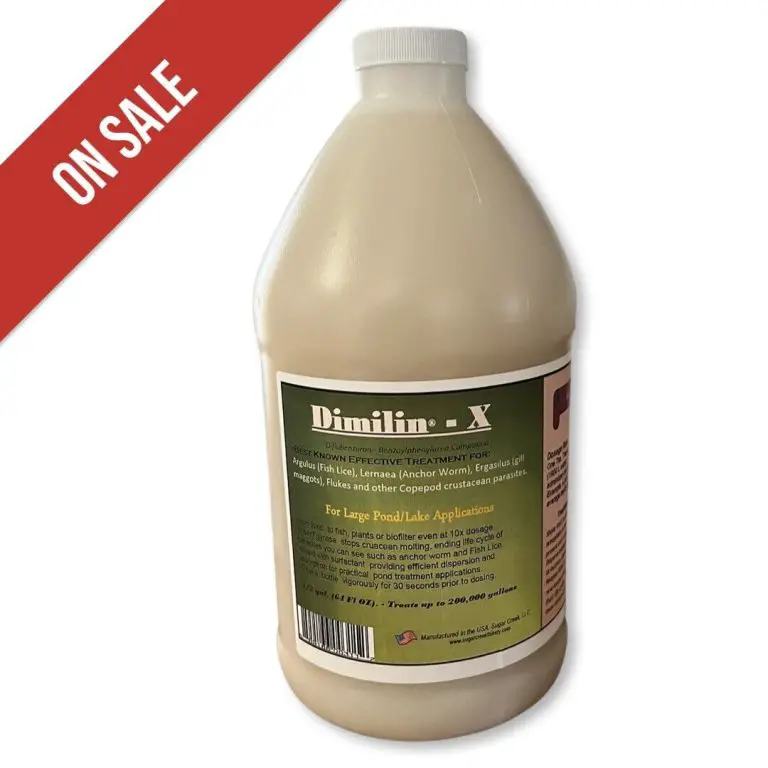Say Goodbye to Silicates: Simple Tips for Removing Them From Your Aquarium
To remove silicates from an aquarium, use a silicate-removing media and perform regular water changes. Silicates can build up in aquariums and cause issues with water clarity and the health of the flora and fauna within.
These compounds can come from tap water, fish food, and even substrate. To address the issue, it’s important to use a specialized silicate-removing media that can absorb these compounds from the water column. Additionally, performing regular water changes, using high-quality fish food, and selecting appropriate substrate can help minimize silicate accumulation over time.
By taking these steps, aquarists can help create a healthy and clear environment for their aquatic pets to thrive.

Credit: noodor.com
Understanding Where Silicates Come From
Silicates are minerals that can be found in nature, and they come in various forms such as quartz, mica, and feldspar. These minerals can erode over time and break down into smaller particles, which can then mix with the soil and water and end up in our aquariums.
Natural Sources Of Silicates
Silicates can be found in small quantities in tap water and well water, and the amount can vary depending on the location and the geological makeup of the area. Other natural sources of silicates include:
- Rocks and sand in the aquarium
- Gravel and other substrate materials
- Live plants
- Fish food
Common Contaminants And Pollutants That Contain Silicates
Silicates can also enter aquariums through various contaminants and pollutants, especially if the source water is contaminated. Some common sources of silicates contamination include:
- Pesticides and herbicides
- Industrial runoff
- Urban runoff
- Septic systems
- Agricultural runoff
How Silicates Enter Aquariums
Silicates can enter aquariums through various means, including the water, substrate, or fish food. It’s important to note that some species of fish are more sensitive to silicates than others, and high levels of silicates can cause health problems for fish.
Here are some ways that silicates can enter aquariums:
- Through tap water and well water
- Through substrate materials such as sand and gravel
- Through live plants and fish food
- Through contaminated materials that come into contact with the aquarium, such as hoses, buckets, and nets
It’s important to regularly test your aquarium water for silicates and take steps to remove them if levels are too high.
Identifying The Signs Of Silicate Build-Up
Aquarium hobbyists know that maintaining a healthy and thriving fish tank requires regular maintenance. One of the common issues that affect aquarium health is silicate build-up. If left unaddressed, silicate contamination can have harmful effects on the aquarium’s inhabitants. Here are the key points to be aware of when identifying the signs of silicate build-up.
Symptoms Of Silicate Contamination In Aquariums
Silicate build-up can manifest in various ways. Here are some of the common symptoms to watch out for:
- Brown or green algae growth on the glass or rocks
- Cloudy or murky water
- Poor water quality
- Stunted growth of plants
- Increased water hardness
- Difficulty in maintaining the ph levels
Testing Methods To Determine Silicate Levels In The Water
To check for silicate levels, aquarium hobbyists can take the following steps:
- Use a silicate test kit to measure the concentration of silicate in the water. This is an affordable and straightforward method for checking for silicate contamination.
- Conduct a water analysis at a lab. This method is more expensive but can give a more accurate result.
Why It’S Important To Address Silicate Build-Up Early On
It is crucial to detect and address silicate build-up as early as possible. Failure to do this can cause harmful effects on the aquarium inhabitants, such as:
- Reduced oxygen supply to the fish, leading to suffocation
- Prevention of proper photosynthesis to the plants, leading to stunted growth
- Growth inhibition of microorganisms that are crucial for breaking down waste material
- Formation of toxic substances due to poor water quality that can cause fish mortality.
Identifying the signs of silicate build-up in aquariums, understanding testing methods and addressing the issue early on is crucial to maintaining a healthy and thriving fish tank. Regular water changes, proper filtration systems, and checking silicate levels are essential maintenance tasks every aquarium hobbyist should master to keep their fish healthy and happy.
Simple Tips For Removing Silicates From Your Aquarium
Silicates can be a nuisance to have in your aquarium. They can accumulate from source water or aquarium substrates, causing problems for your tank’s inhabitants. To maintain a healthy aquatic ecosystem, it’s essential to take steps to remove silicates. Here are some simple tips to help you:
Using Reverse Osmosis Systems To Remove Silicates From Source Water
- Reverse osmosis systems are a great way to remove silicates from your source water before introducing it to your aquarium.
- These systems work by passing water through a semipermeable membrane to remove impurities such as silicates and dissolved solids from the water.
- Once you’ve installed a reverse osmosis system, test your source water before adding it to your aquarium to ensure it’s silicate-free.
Phosphate-Removing Media And Chemical Filtration
- Phosphate-removing media and chemical filtration can remove silicates from the water column.
- Phosphates and silicates are often found together in aquariums, and removing phosphates can help lower silicate levels as well.
- Chemical filtration using activated carbon or other silicate-removing media can be an effective way to remove silicates from your aquarium.
Regular Water Changes And Vacuuming Of The Substrate
- Regular water changes can help remove accumulated silicates from your aquarium.
- By replacing a percentage of the water every week, you can dilute silicate levels in the water column.
- Vacuuming the substrate during water changes can also help remove silicates that have settled in the gravel and sand.
Consideration Of Natural Filtration Systems Like Live Plants And Algae
- Using live plants and algae in your aquarium can be an effective and natural way to remove silicates.
- Plants and algae will take up nutrients like silicates and convert them into biomass, effectively removing them from the water column.
- By incorporating natural filtration in your aquarium, you can reduce the need for chemical filtration methods.
Removing silicates from your aquarium is crucial for maintaining a healthy aquatic environment. By implementing these tips, you can help reduce the level of silicates in the water column and keep your aquatic inhabitants healthy and happy.
Maintaining Silicate-Free Aquarium Water
Best Practices For Maintaining Low Silicate Levels In The Aquarium
Maintaining silicate-free aquarium water can be a challenging task. However, implementing best practices and regular maintenance routines can help you simplify the process and keep the aquarium water clear of silicates. Here are some of the best practices that you can follow to maintain low silicate levels in your aquarium:
- Monitor and test the aquarium water regularly: Keep a close eye on the water quality by testing it regularly using an appropriate silicate test kit. This will help you detect any changes in the silicate levels in the aquarium water and take preventive measures immediately.
- Use high-quality water sources: Always use high-quality water sources, such as reverse osmosis (ro) and deionized (di) water, for your aquarium. These sources tend to have low levels of silicates, which helps to reduce the likelihood of silicate build-up in the aquarium water.
- Limit the use of silicate-containing substrates: Certain substrates, such as sand and gravel, contain high levels of silicates that can leach into the aquarium water. Limit their use as much as possible, or try to find substrates with low silicate content.
- Regularly clean and maintain the aquarium equipment: Keeping the aquarium equipment, such as filters, pumps, and heaters, clean and maintained can help prevent the accumulation of silicates in the aquarium water.
- Use chemical filtration media: Utilizing chemical filtration media can help remove silicates from the aquarium water. These media include phosphate-removing resins, activated carbon, and specialized silicate-removal products.
Regular Testing And Monitoring Of Water Quality
Silicate build-up in aquarium water can be gradual and go unnoticed until it reaches high levels that can harm your fish and plants. Regular testing and monitoring of water quality is paramount to maintaining a healthy aquarium environment. Testing the aquarium water, detecting any change in silicate levels, and acting fast to mitigate the risks are essential when keeping a healthy aquarium.
Here are some tips on how to test and monitor your aquarium water:
- Use silicate test kits that are readily available in the market.
- Familiarize yourself with the appropriate testing procedure for the kit you choose.
- Follow the manufacturer’s instructions for the frequency of testing the water and for interpreting the results.
- Keep a journal of the testing results and water parameters
- Act fast and appropriately when detecting any drastic or gradual changes in water parameters.
Tips For Preventing Silicate Build-Up In The First Place
Silicates in aquarium water can be detrimental to the health of your fish and plants. Hence, preventing silicate build-up in the first place is more comfortable than maintenance after it builds up. Here are some tips to prevent silicate build-up in the first place:
- Use high-quality water sources, such as reverse osmosis (ro) and deionized (di) water, for your aquarium.
- Limit the use of silicate-containing substrates.
- Keep the aquarium equipment clean and maintained.
- Avoid overfeeding your fish, which can contribute to a build-up of organics in the water, leading to silicate build-up.
- Ensure adequate filtration and water movement in the aquarium.
- Consider the addition of silicate-removal products to your aquarium water.
The Importance Of Consistent Maintenance And Regular Cleaning Routines
Maintenance and cleaning routines are pivotal in ensuring that the aquarium environment is fit for the inhabitants. Consistency is key in ensuring that the practices remain effective in keeping the aquatic environment healthy. Here are some essential practices that should be in your regular cleaning and maintenance routines:
- Weekly partial water changes to reduce the number of total dissolved solids (tds), including silicates, in the aquarium water.
- Fortnightly or monthly cleaning of the aquarium filter and replacing filter media.
- Regular cleaning and replacement of the air stone and tubing.
- Vacuuming the substrate periodically to remove debris and organic waste.
- Maintaining the proper lighting and ensuring efficient use of nutrients for plant health (if present).
By following the best practices mentioned above, regularly testing and monitoring your aquarium water, preventing silicate build-up, and conducting consistent maintenance, you can maintain a healthy and silicate-free aquarium environment for your fish and plants.
Frequently Asked Questions On How To Remove Silicates From Aquarium
How Do I Test For Silicates In My Aquarium Water?
Silicates can be tested using a silicate test kit, which is available at most pet stores.
What Are The Harmful Effects Of Silicates In An Aquarium?
Silicates can encourage the growth of diatoms, which can cover surfaces in the aquarium and harm some aquatic species.
How Do I Remove Silicates From My Aquarium Water?
Silicates can be removed by adding a silicate-removing resin to the filter or doing frequent partial water changes.
How Can I Prevent Silicates From Entering My Aquarium?
Using high-quality ro/di water for water changes and avoiding certain types of substrate and decorations can help prevent silicates from entering the aquarium.
Conclusion
In a nutshell, removing silicates from your aquarium can be a daunting task, but it is very crucial for the health and well-being of your aquatic pets. By choosing the right filter media, regularly testing your water, performing routine water changes, and avoiding the use of silicate-containing products, you can easily remove unwanted silicates from your aquarium.
Also, it is important to take proactive measures to prevent silicates from entering your aquarium in the first place, such as using purified water and avoiding exposing aquarium water to air. With these simple steps, you can enjoy a crystal-clear, healthy, and thriving environment for your aquatic pets and plants.
Don’t forget to pay attention to the warning signs and act promptly if you notice any abnormalities in your aquarium. Keep your aquarium clean and your pets happy!






